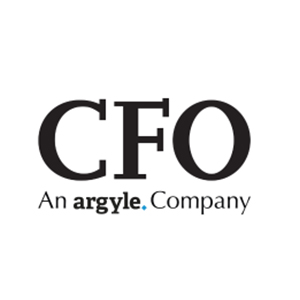Innovative Office Spaces Attract Millennials
Huddle rooms, smart boards, showers, proximity to mass transit — urban- dwelling millennials have a new set of requirements for the workspace.
January 25, 2017
A growing number of businesses — ranging from startup technology companies to professional services firms — are using innovative office spaces to court millennials, currently the largest and a highly coveted segment of the workforce.
With millennials taking leadership positions at companies, technology, marketing, legal, and accounting firms that historically have established themselves in traditional office environments are now seeking the next modern, urban office space. It is what millennials, who primarily live in urban cores, expect.
City views and large, closed-door offices are rapidly losing popularity. Top questions from millennials today include the following: Is the building LEED- certified and environmentally friendly? Does it have a fitness center? Showers? Bike racks? Is it walkable to restaurants, shopping, and residential options? Here are the most coveted features:
- Connectivity to mass transit and varied amenities
- Smaller offices in open, collaborative work environments with sharedmeeting spaces
- Ease of access for walking or biking to work
- Standing desks and huddle rooms with comfortable furnishings, like bean bag chairs and smart boards for employees to work more creatively and collaboratively
- Buildings that offer common-area Wi-Fi connected lounges for tenants
- Concierge-style services like dry cleaning pickup and delivery
- High-tech features such as “smart” frosted windows that offer instant privacy at the flick of a switch
- Minimal, modern furnishings
Sustainability also is a growing priority today, as it is appreciated by younger generations and can support operational efficiencies. Their preference of walkability and utilization of public transit affords companies the opportunity to give employees Uber credits and transit passes at a lower rate than subsidizing increasing parking costs in urban areas.
Beyond providing a competitive advantage in employee recruitment and retention, adopting the “workplace of tomorrow” also enables companies to provide more collaborative work environments and better client and partner service.
However, adopting a next-generation workplace comes with challenges. Companies are finding it is more complex, and in some cases more expensive, to retrofit and adapt an office than to relocate to a more modern, efficient space that incorporates new standards in a trendier area. Here is some methodology to help companies align their office spaces with their financial, talent acquisition, and retention goals.
First, it is helpful to focus on a base set of criteria from the outset, including:
1. Your company’s brand identity and business goals. What kind of talent do you want to employ and what is your employee growth trajectory? Which clients and partners are you targeting, and howshould you appeal to them? Should you position your company as traditional or forward-thinking?
2. Your financial goals. What do you currently spend on office space, and what do you want to spend? A commercial real estate broker can help find the optimal space and even enable a company to expand its footprint while reducing occupancy costs.
3. Your company culture. How do you want your team, clients, and partners to experience your office? What impression do you want to give when they arrive and depart? How would elements like more natural light and communal areas impact office dynamics?
4. Your decision makers. Who are the most appropriate stakeholders tolead the office space search? Smaller groups can be nimbler and more effective than large committees.
5. Your advisers. It is wise to identify a commercial real estate adviser with a track record for securing optimal real estate solutions for clients in your industry. The adviser should conduct a comprehensive assessment, including a thorough financial analysis and forecasting, to understand the company’s situation and identify viable solutions that support business goals today and in the coming years.
Next, it is important to address the office search in phases:
Phase One. The leadership team should reach consensus on vision, space criteria, timeline, budget and strategy. It is critical to ensure your company gets the space right and at the right terms. It may be advisable to issue a request for proposals to identify an appropriate architectural firm to conduct an occupancy analysis and confirm optimal space programmatic needs. That will reveal which industry best practices to incorporate as you identify the best ways to design and utilize the space. At this stage, it is critical to have meaningful internal discussions with key executive team members to confirm the ideal design and utilization plan.
Phase Two: Develop a scorecard establishing a basis to guide the decision- making process. The scorecard should take into account key factors like geographic location, parking, on-site amenities, tenant services, walkability and access to public transit.
At this stage, engage the market with office requirements. Touring top options and short-listing candidates will increase your leverage, driving a more productive dialogue with current and future landlords. It also will best position your firm to secure the most favorable outcomes and seize any immediate opportunities that present themselves.
Phase 3: When the team has consensus on the top two or three options, your adviser should negotiate terms based on the criteria and benchmarks established in phases one and two. Then, the adviser should help you complete a lease or renewal amendment and remain engaged throughout the entire process, from renovation or build-out to occupancy.




